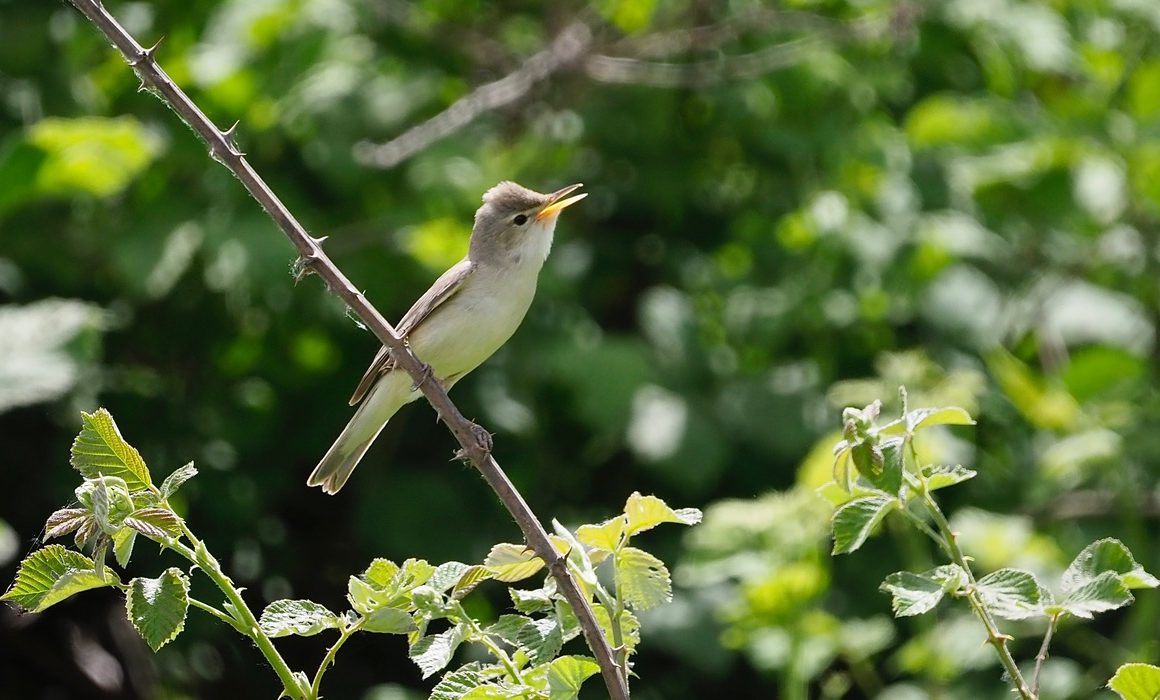
May has long been my favourite month of the year. The days are longer and warmer, flowers fill the meadows, and the birds are back. True, most of our migrant breeding birds start to return in April, but in May even the late arrivals – Turtle Doves, Swifts, Spotted Flycatchers and Nightjars – finally appear. As the last four are among my favourite birds their reappearance is always something to look forward to. Sadly, though I have seen all four this year, I haven’t managed to find an English Spotted Flycatcher nor Turtle Dove. I haven’t seen a Nightjar, either, but I have heard several.
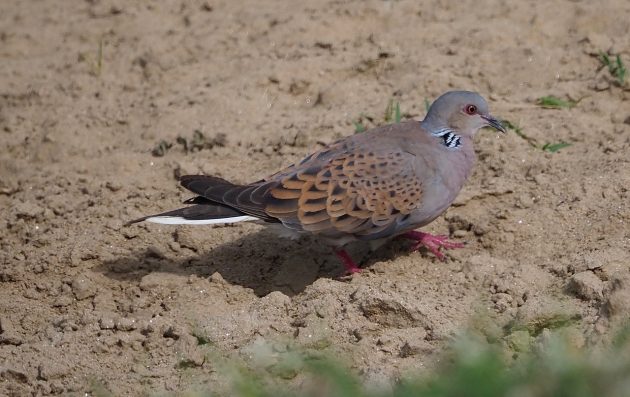
A Kerkini Turtle Dove. They have almost disappeared as breeding birds from England
Both Turtle Doves and Spotted Flycatchers were once common summer birds here in Suffolk, but have suffered severe declines, so much so that they have become very scarce and difficult to find. There haven’t been any reports of Turtle Doves locally this year, which isn’t really surprising as this species has declined by a staggering 97% in the last 20 years, and it’s eventual loss as a breeding species in the UK is a distinct possibility.
I was fortunate enough to spend the first 10 days of this month in Northern Greece, staying in the delightful village of Ano Poroia, overlooking Lake Kerkini. Since my first visit to this corner of Greece in 2008 I’ve been a regular visitor, drawn back by the abundance and variety of birds. This year didn’t disappoint: the weather was good, the birds as brilliant as ever. Early May is migration time, and one morning, after overnight rain, the lake was alive with Black Terns, and a sprinkling of Little Gulls, while overhead the sky was filled with thousands of Swallows and House Martins.
There was a notable passage of waders, too, the same day. Perhaps most spectacular of all were two fine Grey Plovers in full breeding finery, living up to their American name of Black-bellied Plover. Though I see these birds often in the winter, their plumage is as grey as their name suggests. But when they acquire their breeding plumage they are, like so many waders, birds transformed, with the black belly contrasting with the silver-spangled back. Alas, they were too distant to photograph. These handsome plovers nest on the high Arctic tundra, so still had a couple of thousand miles to fly before reaching their breeding grounds.
The plovers were accompanied by two or three Turnstones, looking stunning in their sharp black-white-and-orange breeding plumage. Like the Grey Plover, these are familiar birds in the UK in winter, when their plumage affords them fine camouflage, but in summer plumage they are birds transformed. Feeding with the Plovers and Turnstones were an assortment of other waders, all heading north, including Ruffs, Wood Sandpipers, Ringed Plovers, Curlew Sandpipers and Little Stints. None of the Ruffs were yet displaying the ruffs from which they take their name, but the Curlew Sandpipers had already acquired their handsome brick-red summer plumage.
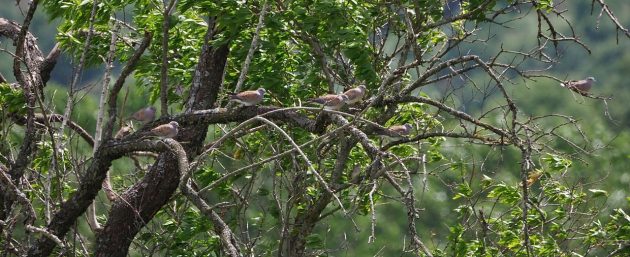
Spot the doves. There were 14 Turtle Doves in this tree
It was difficult to know how many of the Turtle Doves I saw were migrants: they may have all been birds that were going to spend the summer around the lake. My best count was 14 in one tree, but there were many individual encounters, too. Bee-eaters (below) were numerous, so much so that I suspected that many were migrants, pausing to refuel on their way north.
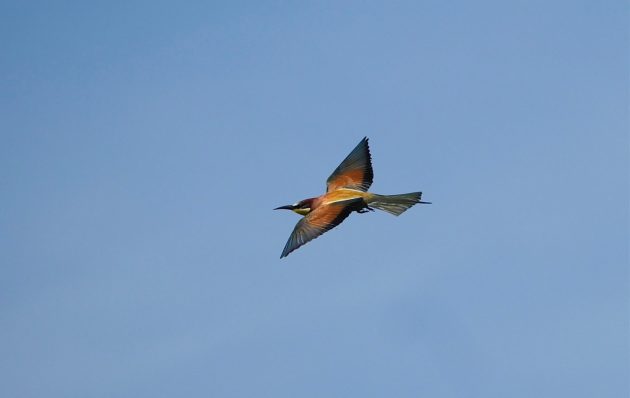
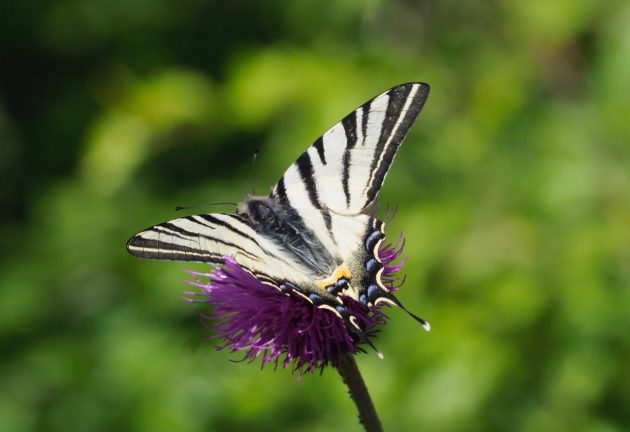
Scarce Swallowtail butterfly: handsome but common
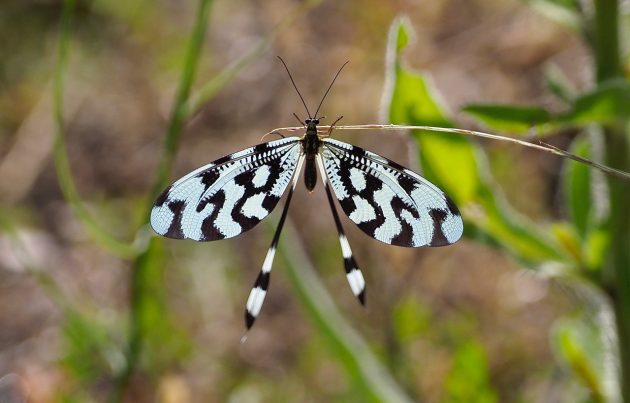
Northern Greece abounds with interesting insects. This striking lacewing doesn’t have an English name, but is scientifically Nemoptera sinulata
The abundance of insect around Kerkini is most striking, especially compared to my home in England, and the grasshoppers and crickets, beetles and butterflies provide rich feeding for the many insectivorous birds. There aren’t many places in Europe where you can see four species of shrikes in one day, but this is one of them. Red-backed Shrikes semed particularly common this year, and we did see Woodchats, Lesser Greys and Masked Shrikes.
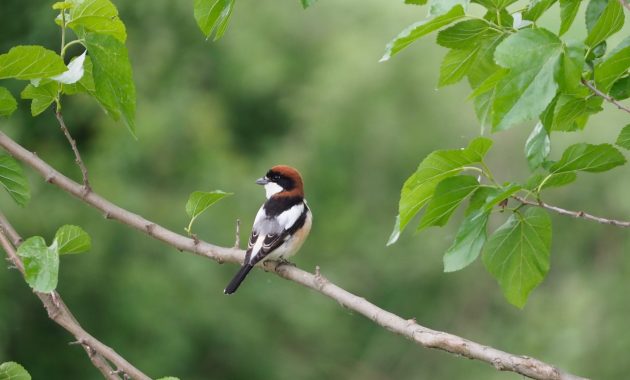
Cock Woodchat Shrike: an eye-catchingly good-looking bird
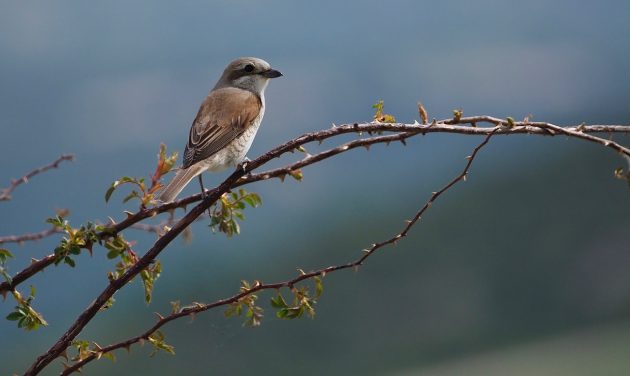
A female Red-backed Shrike, a familiar breeding bird at Kerkini, and (below) a cock
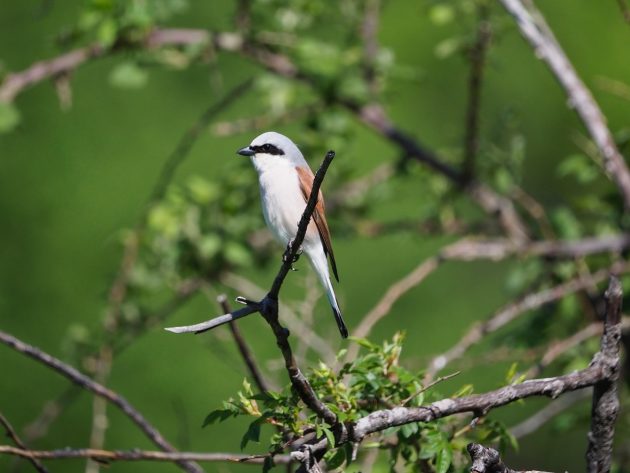
Frustratingly, I failed to find a singing Olive-tree Warbler, a local special, but Eastern Olivaceous Warblers were common, while I had a splendid view of an Eastern Orphean Warbler while watching a singing Ortolan Bunting. The former came out to preen directly below the bunting, which I was watching through my scope. Eastern Subalpine Warblers are common in the hills here. Taxonomically, Subalpine, Orphean and Olivaceous Warblers have all been split in recent years into Eastern and Western forms, and are regarded as full species, but the differences between eastern and western birds are subtle. Incidentally, what we used to call Olivaceous Warbler in Spain has now become Isabelline Warbler. All very confusing.
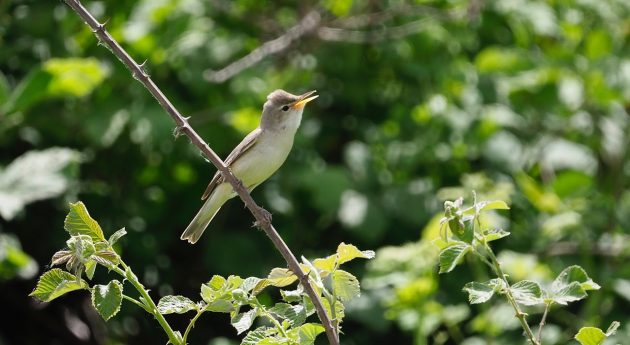
A singing Eastern Olivaceous Warbler, a recent taxonomic split from the renamed Isabelline Warbler of Western Europe
I only managed to find the one Ortolan Bunting, which is never a common bird here, but I delighted in numerous encounters with the big and unmissable Black-headed Bunting, a real Balkan special. This Bunting’s simple, far-carrying call is one of the most typical sounds of a Kerkini spring morning, along with unseen Nightingales, one of the most common breeding birds.
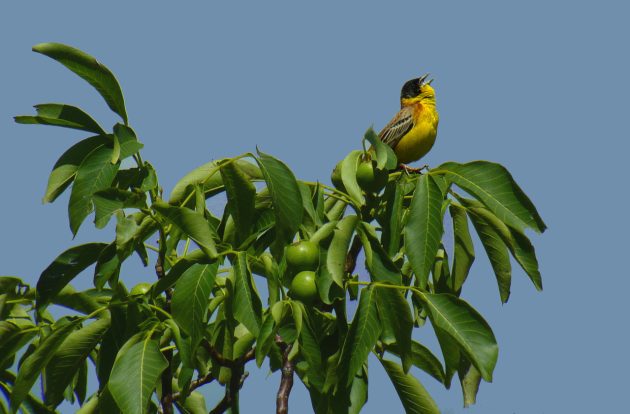
The soft, repetitive song of the Black-headed Bunting is a familiar sound in Northern Greece in spring
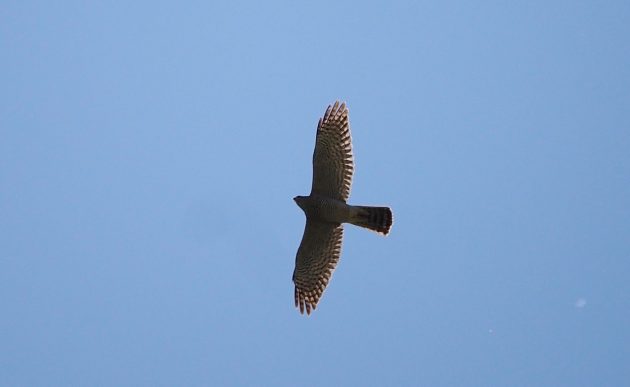
Female Levant Sparrohawk. The densely barred underparts are characteristic
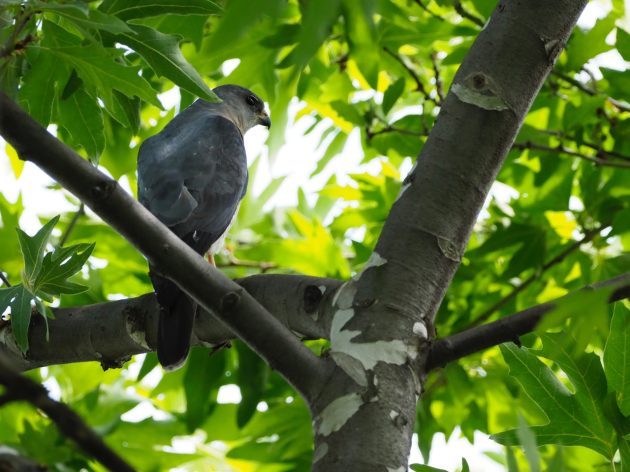
A male Levant Sparrowhawk. Despite the name, they prefer lizards to sparrows
Levant Sparrowhawks are another special bird of the area, and are late to return. My first sighting, of a displaying pair, was on 6 May, and I am sure that they had only just arrived. Closely related to the Shikra, a common hawk in both Africa and India, the Levant Sparrowhawk is misnamed, as it prefers to eat lizards and insects rather than birds. However, that doesn’t stop it being mobbed mercilessly by anything from Swallows to Hooded Crows.
Of course, Lake Kerkini is really best known for its water birds – herons and pelicans, cormorants and grebes – which I will write about next week.













Whetting my appetite for Kerkini, Dave! Sounds amazing. By the way, the Dutch name for Grey Plover is Zilverplevier (silver plover) which I believe is spot-on for the summer bird and terribly misleading in winter…
Sounds wonderful. I’ll add it to the list of places to visit